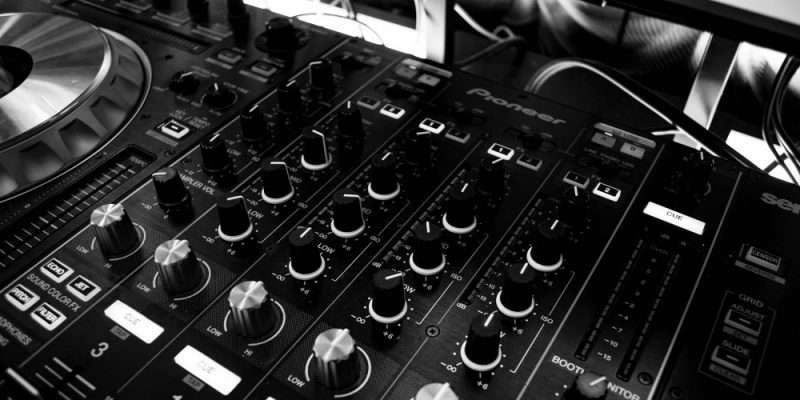Producing your own music is an enormous investment of time, effort, and creativity. But, if you’re ready to give what it takes, it’s a feat you can accomplish with little to no professional training. While mixing music requires much more than this overview entails, here are some very basic guidelines for you to consider.
Your Digital Audio Workstation (DAW)
The first step you must take is to determine what digital audio workstation (DAW) you are going to use to mix your music. There are a lot of options out there, but some of the best are Cakewalk Sonar, Studio One 3, Reaper, Logic, FL Studio 11, Cubase, Ableton Live, Pro Tools, and Bitwig. No matter what you choose, it’s essential that you become an expert in your DAW. The more deeply intimate you become with one DAW, the more you’ll get out of it.
Organising Your Tracks
Make your life easier by labeling your tracks early on in the process. You’re going to spend a lot of time engaged in the actual mixing, so it’s important that you do everything you can to minimise wasted studio time trying to determine which track (between audio track 1 and audio track 67) is the lead guitar track you’re looking for. Another quick organizational tip: color-code your tracks by instrument type (drums, vocals, piano, etc.) in addition to labeling them.
Panning With Stereo
The term panning refers to the distribution of sound from left to right in a stereo channel. When all of the sounds are centrally panned, the effect is often flat. Panning takes advantage of the listener’s two ears. It allows you to place the music in different spaces. It’s a good idea to keep your lead vocals, bass, and/or kick in the center, but experiment with the other sounds. See what works to make the overall story your song is trying to tell sound the best. When recording live drums, a tip to get stereo depth is to spread the drums out in the stereo field – as if you were looking face-on at the drum kit. You then want to pan your hi-hats slightly to the right, and your toms slightly to the left; keeping your kick (and usually your snare) centered.
Using the Equalizer (EQ)
The EQ can be tricky. Some producers tend to overuse this tool, and some may be too intimidated by its many options to experiment with it. The most important thing to remember when you are using the EQ is the purpose of your song. What is the overall effect that you want your song to have? What sounds are the ‘stars’ of the show? Sometimes, you may have to take out the best parts of a frequency to meet your goal. Check out our Beginner’s Guide to EQ article for a more in-depth explanation on how to get started.
Practice
You’re not going to become an incredible producer overnight, not even over the space of a week. Training your ears to hear how sounds best interact with one another takes a lot of time and a lot of listening. Open your mind to learn. Listen to other producers. Watch lots of tutorials. Try to recreate some of your favourite songs and see if you can work out how the original producer created that mix. Let other people listen to your music and take their feedback seriously. Break the rules. Experiment a lot. If your first set of songs doesn’t sound professional, that’s OK. Don’t quit. It just means you have more learning to do.
* * *
Click through to read our Beginner’s Guide to Compression for details on how to utilise compression when producing your own music.

